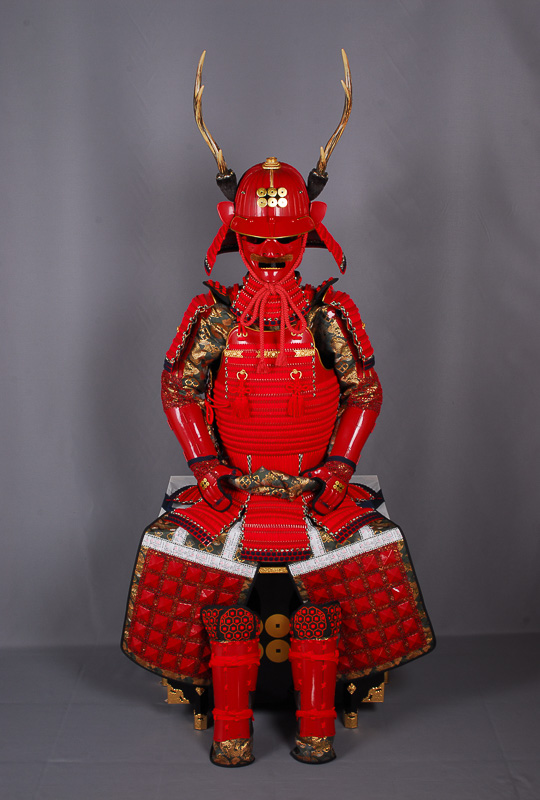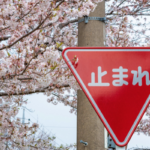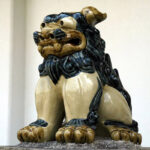

真田幸村 SANADA Yukimura
1567 – 1615
Name List of Yukimura
(Japanese historical figures change their names frequently.)
Benmaru (弁丸) → Nobushige (信繁) → Yukimura (幸村)
The Bravest Samurai to Protect the Toyotomi Family
Sanada Yukimura (1567-1615) was born as the second son of Sanada Masayuki (1547-1611), the lord of Ueda-jo castle in the Nagano prefecture. His actual name was Sanada Nobushige. But during the battles of the period, the samurai warriors had certain wily and crafty strategies such as deceptions, surprise attacks, and negotiations, so they kept few other names — thus Yukimura became his well-known name.
When looking back at the history of the Sanada family, those family members had dedicated themselves to Takeda Shingen (1521-1573), one of the most famous fighting lords (Sengoku Daimyo). Especially during this period, Daimyo started fighting hard and the center of the government was getting lost. Low-ranking lords had some strong ambitions to defeat high-ranking lords and then also to unify Japan.
Japanese people didn’t only love Sanada Yukimura for his fighting. Yes, he was a brave and bold samurai warrior but also because, in any serious situation, he never gave up, and always worked the hardest for his people who he cared so much for.
There are two episodes here. First, the battle of Sekigahara (the east army of Tokugawa Ieyasu vs the west army of Ishida Mitsunari) started in 1600. This was a fateful turning point in Japanese history. At the battle, he was a part of the west side, but the western armies were completely defeated. Although both he and his father were about to be given the death penalty, somehow the two were luckily exiled to a remote place. They needed perseverance there, for they were confined in a harsh condition for a long time — 14 years. In a certain letter, it said that they had no financial resources and lived from hand to mouth. In the middle of such a miserable life, his father Sanada Masayuki passed away. For Yukimura, it was very disappointing but also changed his mind to go back to his family. Finally, he decided to escape from the place even under surveillance. He did it by getting support from his family members.
The other episode is the Summer Battle of Osaka. Some researchers presume that the Tokugawa army had 155,000 warriors, while on the other hand, the Toyotomi army only had 55,000 ones. The Sanada family group supported the Toyotomi army. In the battle, Yukimura was the leader of 3,500 warriors. He fought with the enemy of 15,000 without any hesitation and amazingly drove Tokugawa to the wall three times. According to historical documents, it is said that Tokugawa felt defeated. In the end, he was killed near Mt.Chausuyama (Osaka).
Some would wonder why he joined the battle even at a disadvantage from the number of warriors. It was probably his father’s death that had motivated him to join. And also, it was a great opportunity for him to rebuild his regional power. In those days, Sanada Yukimura seemed to have been an ordinary warrior. But as time went on, the story about him was spreading among the public.
When Japanese people hear about Sanada, they automatically associate him with Ninjas. This is the Sanada Ten Ninja. In the Taisho era, the comic books drawn about it were getting popular. The episode was fiction, but the Sanada family had indeed made use of the human network (in other words a secret service), like Ninja, to get available information about their enemies.
Above the following, Yukimura was good at making good strategies for battles. This is the second battle of Ueda castle (before the battle of Sekigahara). Look at the war potential. The Tokugawa army had 38,000, while on the contrary, the Sanada army only had 2,500. The Tokugawa army tried to defeat the Sanada immediately. But Yukimura had a brilliant idea. At first, he declared that the Sanada army had surrendered, but he intended to make time to prepare for the surprise attacks. The enemy was getting irritated after a while of nothing happening during the “surrender” and was about to fight into the castle. And then one of the Sanada warriors, camouflaged, showed up from the bush. The enemy ran after him and had a counter-attack.
Therefore, it seems to make sense that Yukimura is the symbolic person of the battle era. Quite a lot of warriors admired how bravely he fought at the battlefields. Shimazu Iehisa (the lord of Kagoshima) said in his letter that Yukimura was the best warrior that he had ever seen.
The Japanese TV program broadcasted “Sanadamaru” in 2016. Even today, people are fascinated with how he lived in such a harsh period. His story has inspired many people of different eras. Whenever you feel meaningless or unmotivated, the story inspires you that you’ll be able to move step by step to your destination, purpose, and goal. When you read the whole life of Yukimura, you come to realize that you should take care of your family, close friends, and people around you. No matter where you live, you can apply the conception and the philosophy to your life over time and space. The more you learn about Yukimura, the more closely you feel to him. Sanada Yukimura will forever live in people’s minds.
.
.
.




